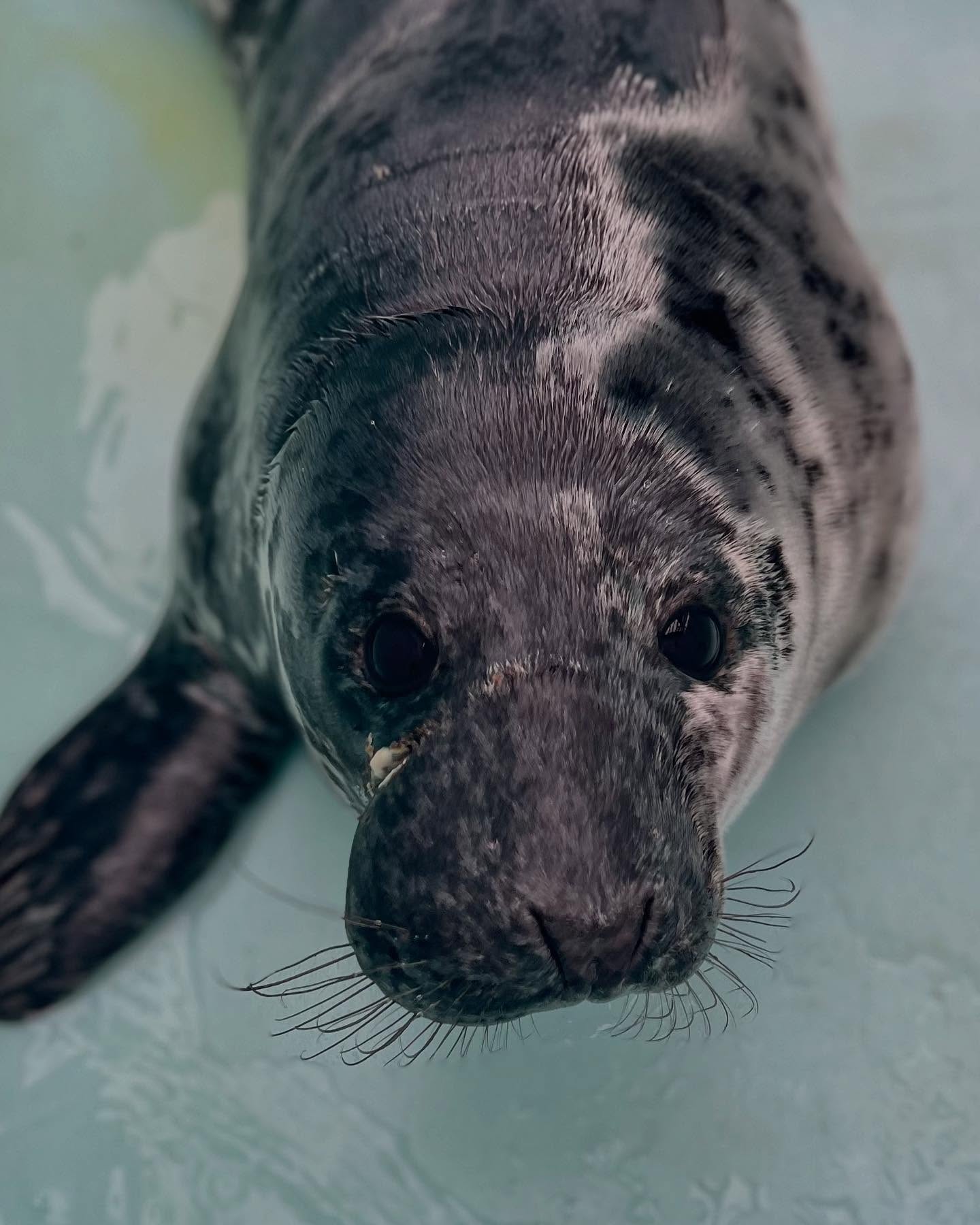- The severity and impact of ocean trash on marine life, highlighting entanglement and injury as critical issues.
- The critical role of Animal Rescue Program first responders in addressing these challenges and aiding in marine mammal conservation.
- The collaborative efforts and significance of community involvement in wildlife rescue operations.
- Rehabilitation and recovery process of entangled marine animals, with emphasis on medical treatment and care.
- Long-term solutions and conservation efforts aimed at reducing ocean trash and safeguarding marine ecosystems.
The immense, vibrant tapestry of life in our oceans is under a grave threat: human-generated trash. This overlooked issue carries severe consequences for marine life, particularly when it comes to problems like entanglement and injury. Marine wildlife, including gray seals, are often the unsuspecting victims of this growing danger. Their plight is emblematic of a broader environmental crisis that has far-reaching impacts on biodiversity and the health of oceanic ecosystems.
Entanglement in ocean debris such as fishing gear, plastic waste, and other discarded materials presents a perilous challenge for marine creatures. Gray seals, for example, can become ensnared in fishing lines or nets, which can wrap tightly around their necks and limbs, leading to injuries or even death. The injuries are not only physical; the constant struggle can drain a seal’s energy, leaving it exhausted and vulnerable to predators.
The role of first responders, like those from the Animal Rescue Program, is vital in addressing these immediate dangers. Their work involves locating, rescuing, and rehabilitating injured marine animals. It demands an intricate understanding of both animal behavior and rescue operations. Equipped with specialized training, they are prepared to handle the complexities and unpredictability of marine rescues. This past weekend, a pivotal rescue of a severely entangled gray seal on Block Island underscored the necessity of these tireless efforts.
Responding to calls from the public, these teams worked diligently to locate the already struggling seal. It was evident that without intervention, survival would have been unlikely. The rescue not only provided immediate relief but also showcased the indispensable nature of these operations in marine wildlife conservation. The seal’s recovery involved treating an infection and addressing a severe facial wound caused by entanglement, drawing on veterinary expertise and a deep commitment to preservation.
Behind each successful rescue is a network of collaboration that extends beyond just the rescue team. Community involvement is an integral component of these operations. During the recent rescue on Block Island, volunteers, ferry staff, and conscientious beachgoers all played essential roles. Their participation highlights the importance of public awareness and education. Without prompt reporting from the community, many marine animals might remain undiscovered until it’s too late. This collective effort serves as a blueprint for future endeavors in environmental stewardship, fostering an atmosphere of shared responsibility and action.
Once rescued, these animals embark on a meticulous rehabilitation and recovery journey. Rehabilitation experts address not only visible wounds but also potential infections and overall health. This involves cleaning wounds, administering antibiotics, and ensuring proper nutrition. The ultimate goal is to restore the animals to a state where they can function independently in their natural habitat. The process underscores the critical intersection of veterinary science, animal care, and conservation efforts, demonstrating the comprehensive approach needed to tackle the impacts of ocean trash.
Beyond individual rescues, long-term conservation solutions are imperative to mitigate this issue. Organizations and advocates work tirelessly to implement strategies that reduce ocean trash and protect marine life. This includes promoting sustainable fishing practices, advocating for stronger waste management policies, and educating the public about the impact of litter on ecosystems. Innovation is key, with emerging technologies providing new ways to track, retrieve, and recycle ocean waste.
The threat of trash in our oceans is real, and its impact on marine life can no longer be overlooked. Through the dedication of rescue teams, community cooperation, and effective rehabilitation processes, we can counteract these dangers. Long-term, sustainable solutions are essential to safeguarding our oceans and the myriad of creatures that call it home. By fostering a collective commitment to marine conservation, we can ensure a healthier, more vibrant ocean for generations to come.
*****
Source Description
Swipe to see the real life dangers of trash in our oceans.
For the past few weeks our team of Animal Rescue Program first responders have been looking for multiple entangled gray seals that have been reported to our hotline on Block Island. The countless days of hard work paid off as we were able to successfully rescue one of the severely entangled seals this past weekend. The images speak for themselves as this seal would not have survived much longer if our responder hadn’t found her when he did. She was understandably exhausted and was found to have a severe wound on her face from the entanglement. We have been treating her for an infection, cleaning her wounds daily, and are relieved to see her starting to regain strength again. We want to give a huge thanks to our wonderful team of volunteers, the Block Island ferry staff, and caring beachgoers that day that all came together to make sure this seal made it back to us for much needed care. We look forward to continuing to share her story with you all throughout her rehabilitation journey!


